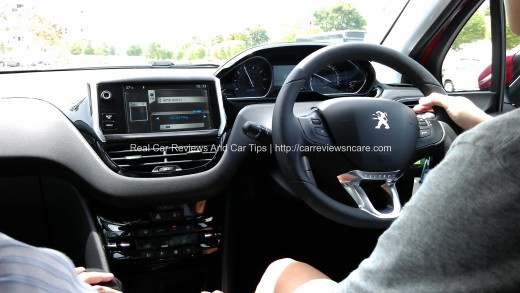No Hearing, No Problem: Deaf Drivers Can Get Behind the Wheel
According to Action on Hearing Loss, a British organisation that provides services to the deaf population, over 10 million people in Great Britain suffer from some form of hearing loss. By 2031, that number is expected to reach 14.5 million. Whether you were born deaf or your hearing has declined with age, you are not alone. For seniors, hearing loss is a common affliction. Because it tends to happen over time, many people don’t realise they have difficulty hearing. Not hearing correctly can compromise your safety as well as the safety of those around you. The ability to hear sounds is crucial to everyday activities, such as driving. Fortunately, losing your hearing does not mean you have to give up driving. Knowing how to recognise the signs of hearing loss and how to adjust your lifestyle to accommodate them will help you stay in the driver’s seat for years to come. Hearing Loss Warning Signs Because hearing loss usually happens gradually, many people fail to notice the warning signs. There are several hallmark signs that indicate your ears are not as sharp as they should be: · Family members constantly complain that you listen to the radio or television too loudly · Sirens and other loud noises sound muted and no longer bother you · You must strain to hear conversations occurring next to you · You regularly ask people to repeat themselves when they are speaking to you · You have difficulty hearing car horns while driving · You often ask people to turn up the volume on their phone speaker during telephone conversations Hearing Loss and Driving: Common Issues Learning to drive as a deaf person requires modifying your habits and behaviour. For people born deaf, this tends to come quite naturally. For individuals who suffer from hearing loss brought about by age, this process usually takes practice and persistence. Many deaf people struggle with the same common issues. Changing Gears People who drive manual vehicles typically rely on the sound of the engine as an indicator for switching gears. Because they cannot hear the engine, deaf drivers must learn to pay attention to the car’s vibrations.
Recognising Emergency Vehicles Meredith Melnick of Time magazine reports that deaf people enjoy better vision than their non-deaf counterparts. When the brain loses one sense, it compensates by endowing the remaining senses with heightened abilities. Because they possess superior peripheral vision and an increased ability to recognise movement, deaf people are more likely to notice emergency vehicles and see sirens flashing than the hearing population. Obtaining a Driver’s License Although good hearing is an important skill that makes driving safer and a bit easier, it is quite possible to operate a vehicle as a deaf person. According to Queen Elizabeth’s Foundation for Disabled People, deaf people are not prohibited from driving in Great Britain. Moreover, the law protects disabled individuals from discrimination. If you have been denied driving privileges due to deafness or hearing loss, the solicitors at http://www.irwinmitchell.com/ can help you defend your rights and gain the ability to test for a driver’s license. Being deaf doesn’t have to keep you out of the driver’s seat. To obtain a driver’s license, you must take both a written exam and a driving test. Hard of hearing individuals can get a license by complying with the following steps: 1. Apply for a provisional driver’s license as normal. There are no special rules for deaf drivers at this stage, and you are not required to disclose your disability to the Driver and Vehicle Licensing Agency. 2. Locate a driving instructor. You can choose a standard instructor or an individual who is certified to work with the deaf. 3. Take your theory test. You can use British Sign Language to take your exam. There is no additional charge for students who wish to use sign language. 4. Take your practical test. Inform the Driving Standards Agency of your disability so they can arrange for you to have additional time during the test. Your examiner will also write instructions on large cards so you can easily reference them during the driving test. Additionally, if you take the exam in a car with an automatic transmission, you are only authorised to operate an automatic vehicle. If you wish to operate a manual vehicle in the future, you must pass another driving test using a manual vehicle. Being hard of hearing doesn’t have to slow you down. With a little extra preparation and dedication, deaf drivers can experience the freedom of the open road. Lewis Wild passionately works to improve the quality of life for disabled persons. He is keen on helping people finding the best opportunities for an independent life.

Facebook Comments